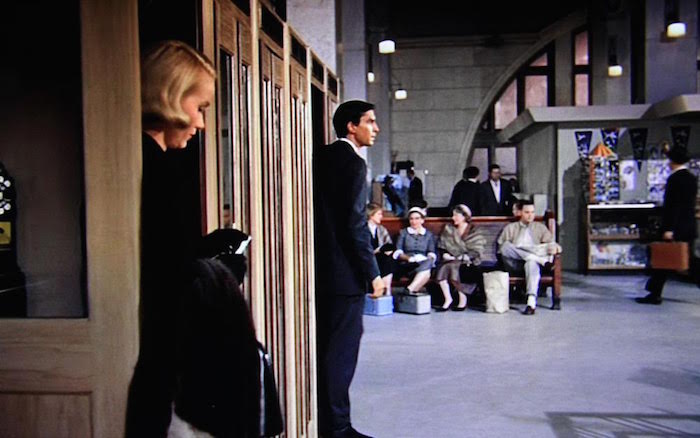What would Alexander Graham Bell think of the digital revolution? On January 5, 2016, New York City and LinkNYC began replacing an offshoot of his seminal invention—city pay phones—with modern kiosks that provide high speed internet, cell phone charging ports, and free phone calls worldwide. It’s almost as traumatic as when the Mercury statue-topped golden traffic lights were removed from Fifth Avenue and replaced with pedestrian signals (those flashing Walk/Don’t Walk signs). Progress, sure, but at what cost? The $200 million digital conversion project, will cost taxpayers nothing, which is appealing yet depressing too, because thanks to these new fangled devices we’ll never see the likes of the classic pay telephone booth again.
Sure, get rid of the current crop of phones with their germ encrusted handsets and narrow metallic counters glazed with sticky residue of dubious origin. Despite their auspicious beginnings (introduced at the 1964 New York World’s Fair where the first push-button public phones seemed positively futuristic), they have never possessed the Dr. Who-like charms of the classic phone booth. Some kiosks are being retrofitted to accommodate the digital tools while the booth, with the exception of four relics in use on West End Avenue, maintained as historic landmarks, is the dinosaur in the tar pit.
England may have the most distinctive plebian phone “boxes” in the world, but New York’s were sturdy, regal, and positively romantic. Often the ones inside office buildings, bars, or railway stations were the classic folding door variety in dark wood—like church confessionals—with a small paddle seat and a similar counter on which to keep nickels and dimes, take notes and rest tired elbows. Outside on the street they were usually made from painted or stainless steel. The interior variety had windows on the top half, while the exterior ones were usually paneled with glass from top to bottom. And as if the shape and size were not distinctive enough, on the header was a sometime illuminated glass (later plastic) sign that read “telephone.” Of course, when the door was closed a light would go on (and I could never figure out how).
The booth was a perfect scene-stealer in noir films. You’ve seen them, where the killer, spy or detective is talking to an accomplice, lover, informant, or hiding from a pursuer. The coffin-like structure was perfectly suited to mob hits. In North by Northwest, Alfred Hitchcock filmed a phone booth ballet, in which all his leading characters were in one or another booth, not aware of the others. That can’t be done with kiosks. And in Three Days of the Condor, after Max Von Sydow executed all the staff at a CIA-front office, the only survivor, Robert Redford, escapes to a phone booth to call “Control” while the audience stresses over whether or not he’ll be shot too. The phone booth offered both hideout and shelter from the storm. Kiosks? No way!

You know what else a kiosk cannot accommodate? Phone booth stuffing! One of the many annoying college pastimes of the 1950s was to see how many people could fit into a telephone booth. I tried it once, and learned the trick is not to be among the first.
When I was young, telephone booths provided entertainment and financial reward. Flashers often showed their stuff to someone inside a booth (I know, I saw it happen). Then there was my classmate, known fondly as the Maddening Bomber, who regularly exploded a selection of Chinatown’s finest cherry bombs, thereby blowing out the glass from a number of phone booths in the neighborhood. After his fourth explosion he was apprehended and sent to what was known as a “600 school.” The financial reward also involved breaking the law, but it was harder to catch the culprit(s) who managed to pry open the change receptical. The booth offered me—I mean thieves—ample cover.
Okay, the downside: Phone booths took up space, were easily vandalized, became inconvenient as technology developed, and so are now vestigial. Yet they were and are great objects of pleasure and markers of progress So, I lift up my cell phone, turn on the flashlight app, and hail the structure that for so long rang my bell.
